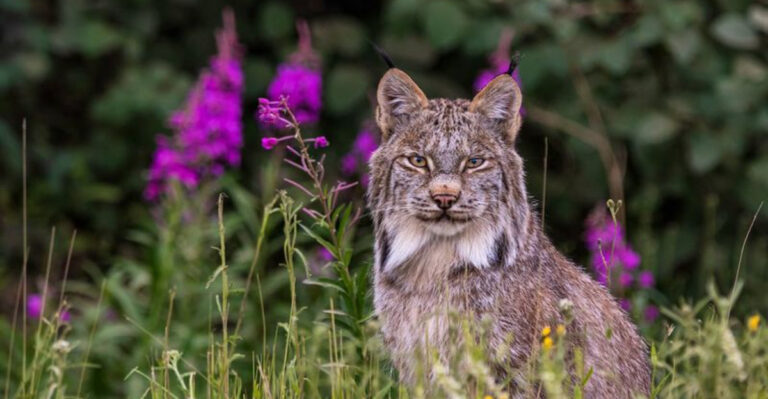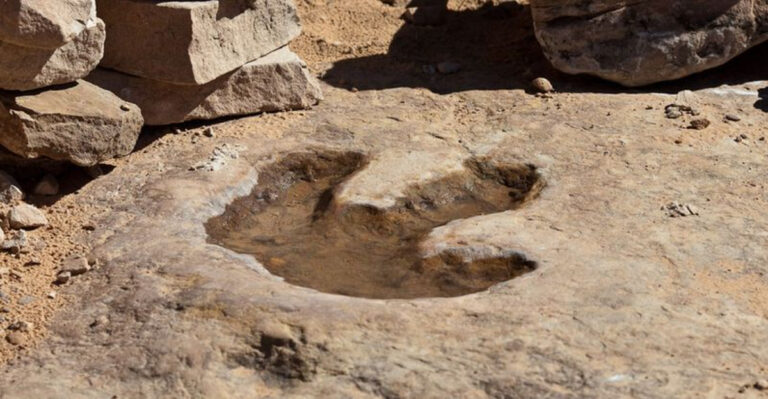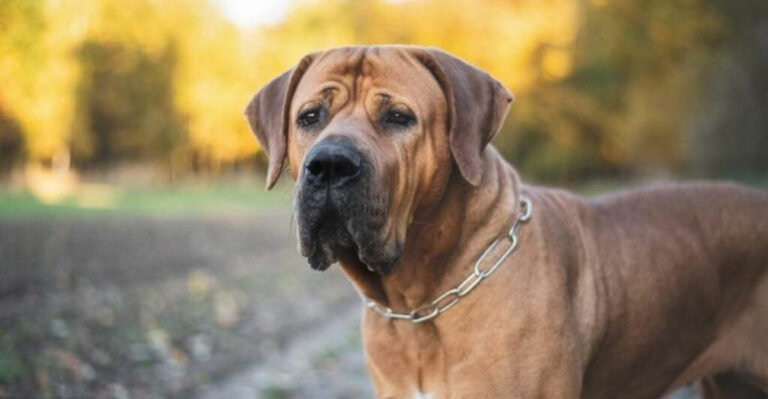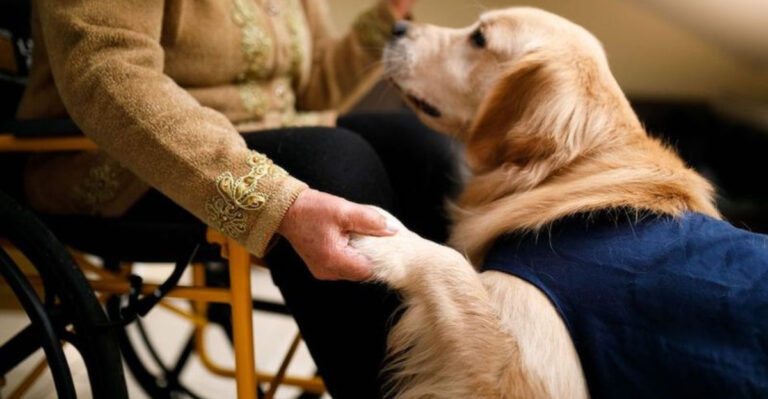15 Dog Breeds That Played Key Roles In Remote Villages
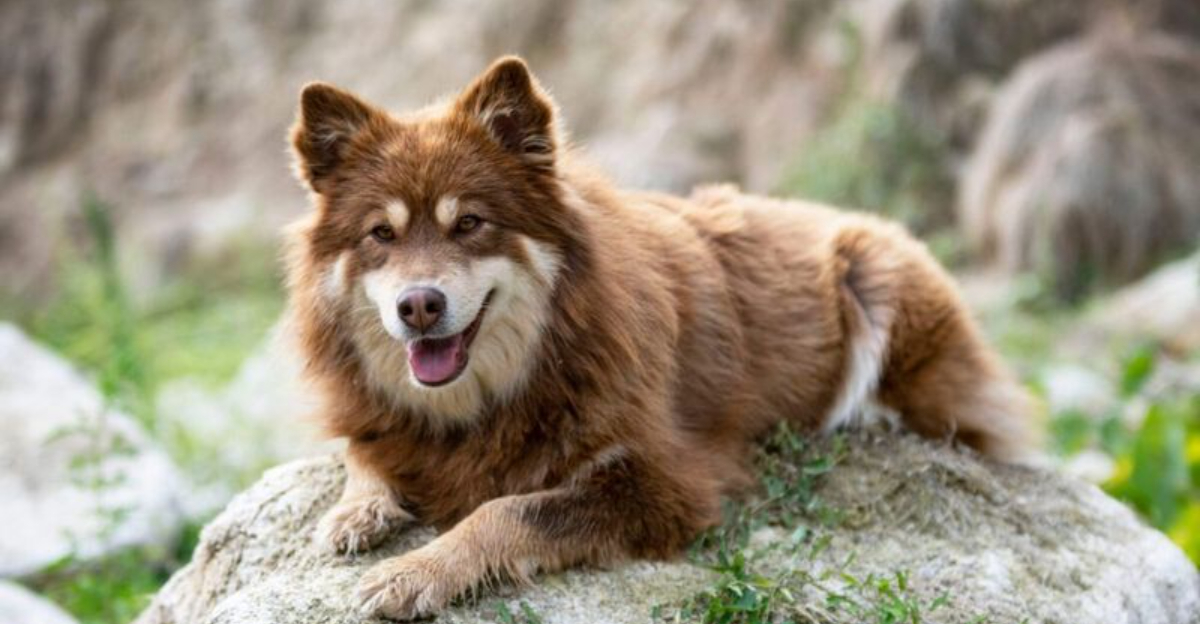
Long before dog shows and designer breeds, canines served crucial roles in isolated communities worldwide. From the frigid Arctic to scorching deserts, these four-legged partners helped humans survive in challenging environments.
Their specialized skills – herding, hunting, guarding, and hauling – made them indispensable members of village life for centuries.
1. Arctic Guardians: Greenland Dogs
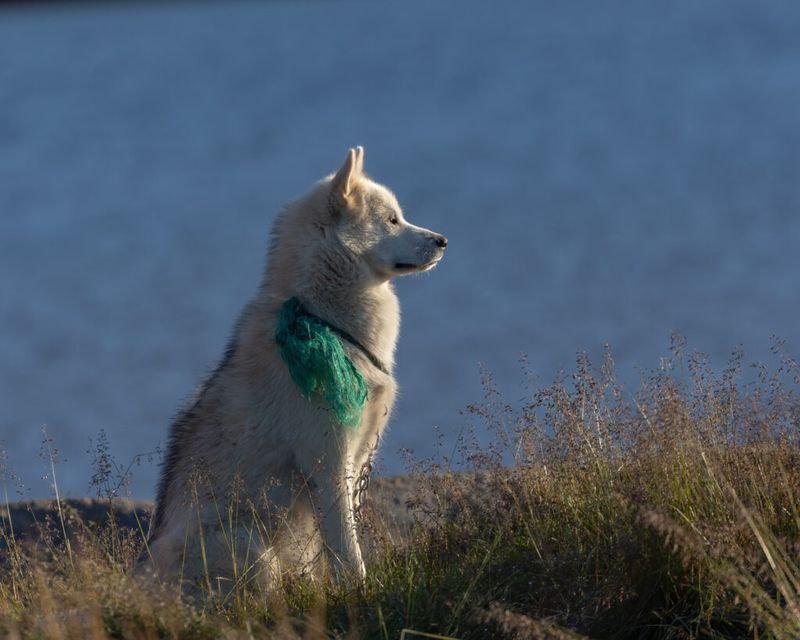
Imagine surviving -50°F temperatures with only fur for protection! These polar powerhouses transported vital supplies across ice sheets when no other method existed.
Inuit communities depended on their incredible strength and cold resistance for hunting seals and pulling heavy sleds loaded with meat and supplies. Their thick double coats and broad paws perfectly adapted to life on the ice.
2. Mountain Sentinels: Great Pyrenees
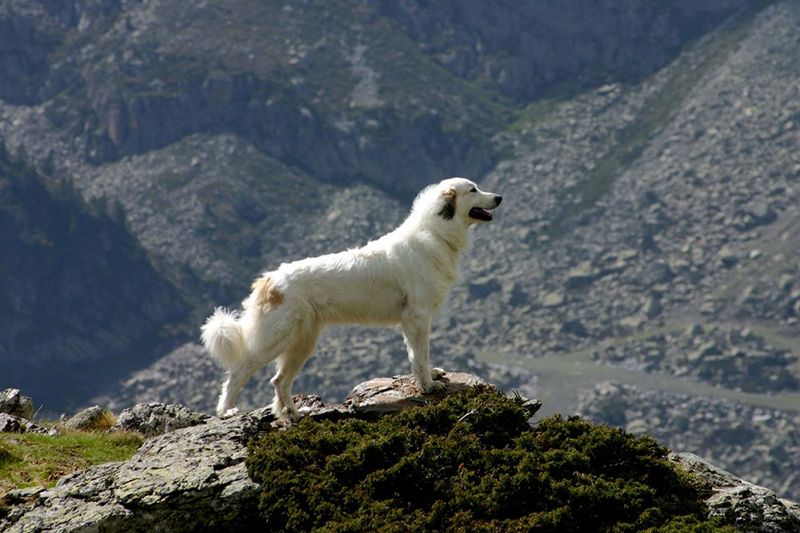
White as the snow-capped peaks they guard, these gentle giants have protected vulnerable sheep flocks from wolves and bears for centuries. Their intimidating bark echoes through mountain valleys, warning predators to stay away.
Rural shepherds in isolated Pyrenees villages relied on their independence and protective instincts. These dogs worked alone for days, making life-or-death decisions without human guidance.
3. Desert Navigators: Sloughi
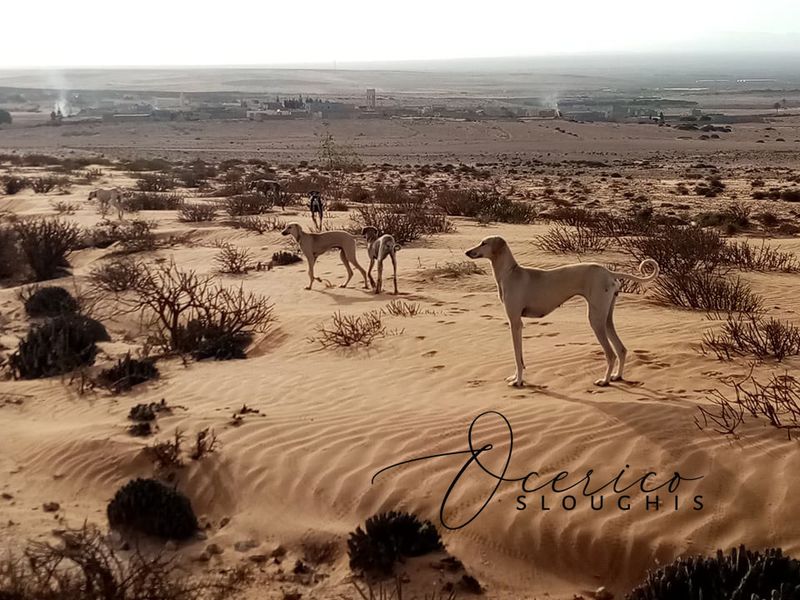
Swift as desert winds, these elegant hounds helped Berber tribes survive in the unforgiving Sahara. Their keen eyesight spotted gazelles from impossible distances, providing precious protein in a barren landscape.
Unlike bulkier breeds, Sloughis needed minimal water and food – perfect for nomadic life. Villages treasured these dogs not just as hunters but as status symbols and beloved companions during long desert crossings.
4. Himalayan Pack Animals: Tibetan Mastiffs
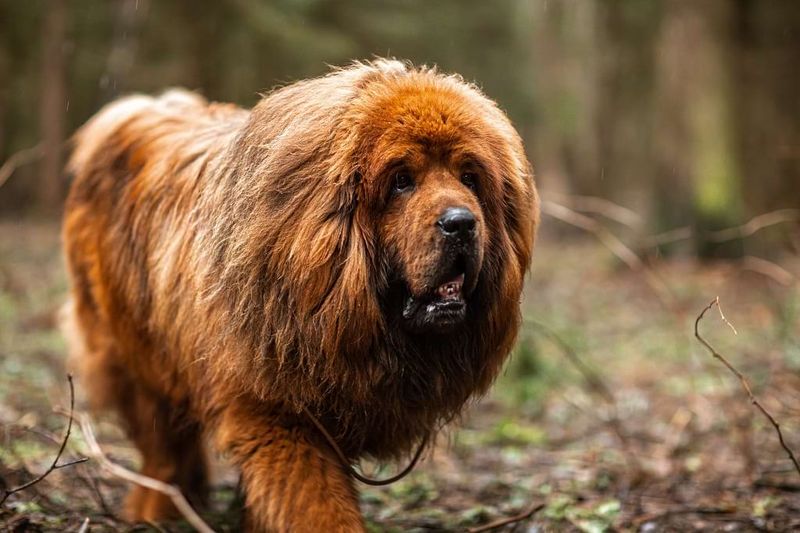
Behind monastery walls and in remote mountain villages, these massive guardians earned their weight in gold. Their thunderous barks deterred snow leopards, wolves, and human intruders alike.
Nomadic yak herders trusted these independent protectors with their entire livelihood. During harsh Himalayan winters, villagers welcomed them inside, where their thick lion-like manes and warm bodies provided critical heat in subzero temperatures.
5. Reindeer Companions: Lapphund
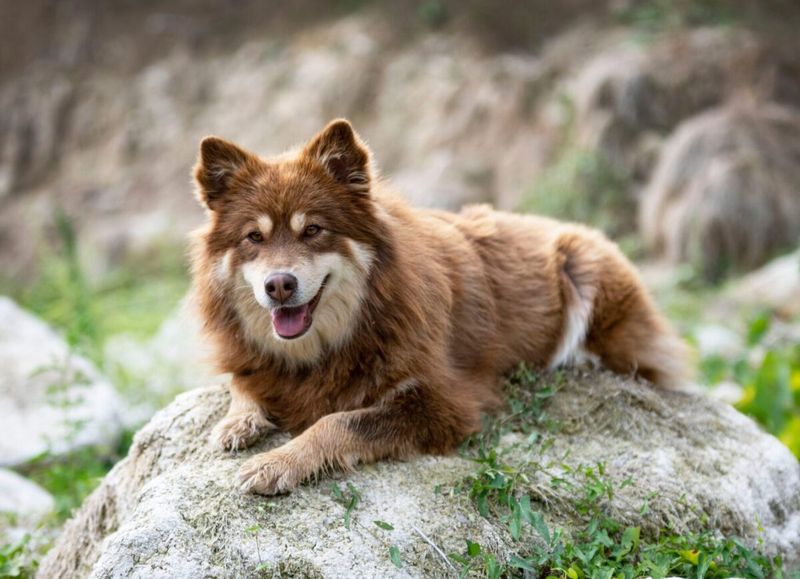
Fuzzy-eared and surprisingly nimble, these compact herders mastered the art of reindeer management in Scandinavia’s far north. Their distinctive barking patterns communicated specific commands to reindeer across vast distances.
Sámi villages depended on these intelligent dogs to keep their precious herds together through blizzards and migrations. Unlike many working breeds, Lapphunds developed an uncanny ability to think independently while still maintaining close bonds with their human partners.
6. Jungle Hunters: Telomian
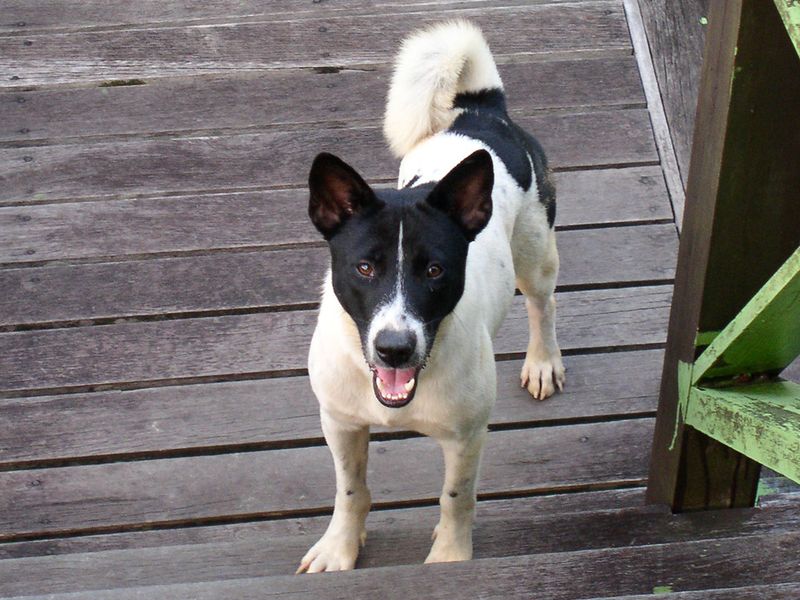
Hidden in Malaysia’s dense rainforests, these rare climbers developed a peculiar talent – scaling ladders to elevated village homes! Their agility helped indigenous Orang Asli tribes hunt arboreal prey that other dogs couldn’t reach.
Unlike ground-dwelling breeds, Telomians evolved unique flexible wrists and ankles. Village life centered around their remarkable ability to catch rats and snakes that threatened both food stores and human safety in these isolated forest communities.
7. Island Fishermen: Portuguese Water Dogs
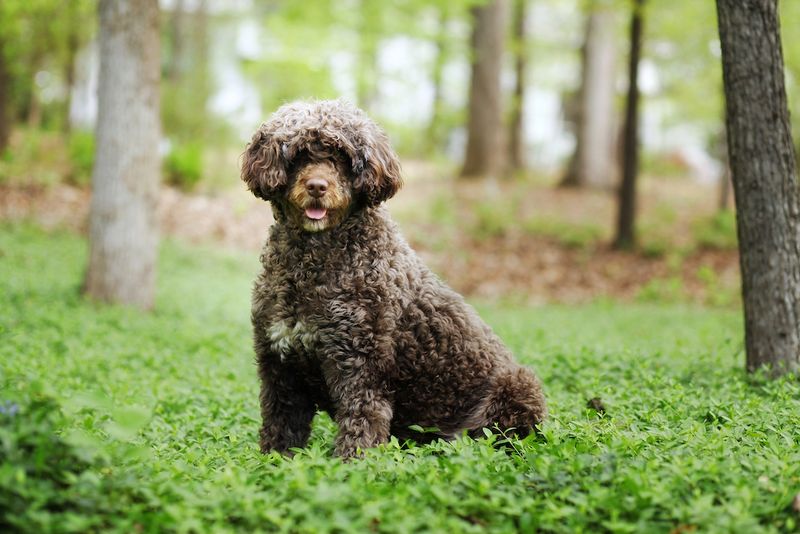
Before modern fishing equipment, these webbed-pawed swimmers served as living tools for coastal villagers. They fearlessly dove into Atlantic swells to retrieve broken nets and escaped fish. Portuguese fishing communities valued their waterproof coats and incredible lung capacity.
These tireless workers could even deliver messages between boats during storms! Their specialized skills helped sustain entire villages when other food sources failed.
8. Rice Field Guardians: Formosan Mountain Dogs
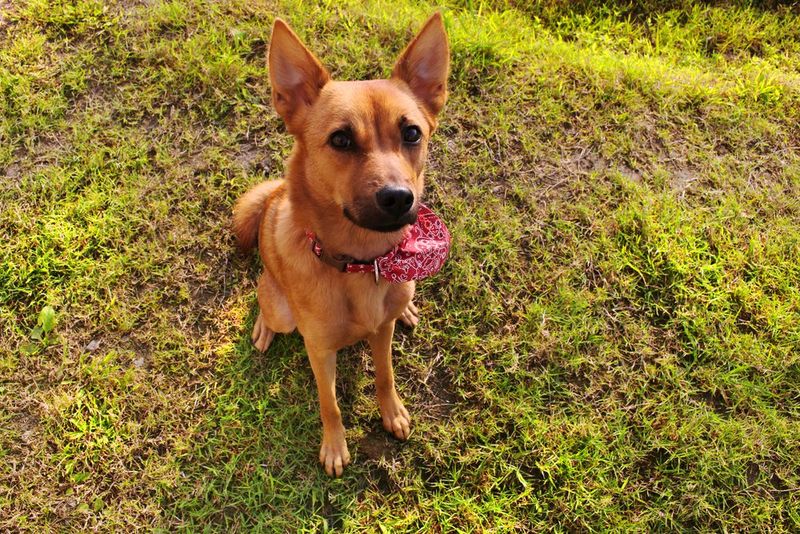
Half-wild and fiercely loyal, these triangle-eared protectors watched over Taiwan’s terraced rice paddies for generations. Their remarkable territorial memory allowed them to patrol exact boundaries without fences.
Indigenous Taiwanese farmers relied on their acute senses to detect crop-raiding animals before damage occurred. Unlike purely domestic breeds, these dogs maintained enough wildness to survive independently when typhoons or other disasters separated them from their villages.
9. Steppe Herdsmen: Central Asian Shepherd
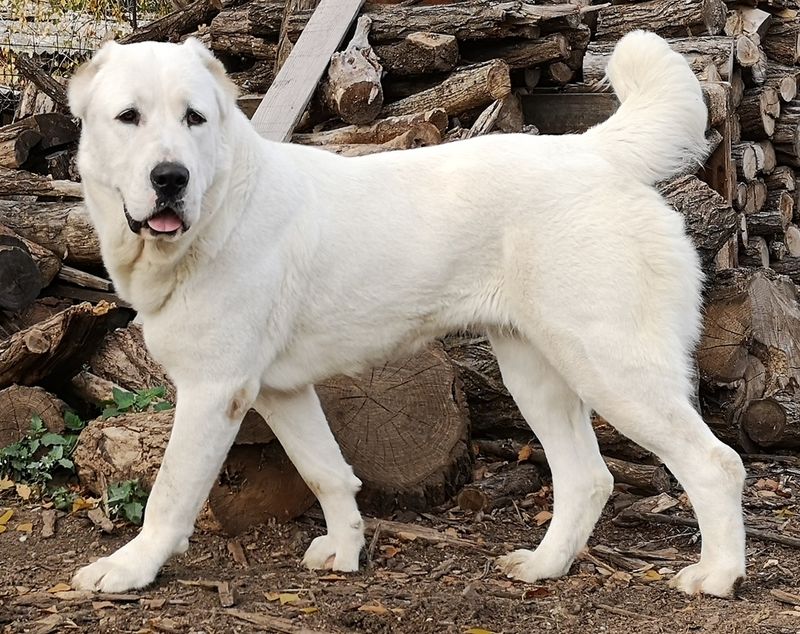
Massive heads and thick neck ruffs allow these ancient guardians to withstand brutal wolf attacks. For centuries, they’ve protected nomadic flocks across Kazakhstan and Kyrgyzstan.
Entire herds were entrusted to them, relying on inherited instincts rather than formal training.
10. Andean Pack Carriers: Peruvian Inca Orchid
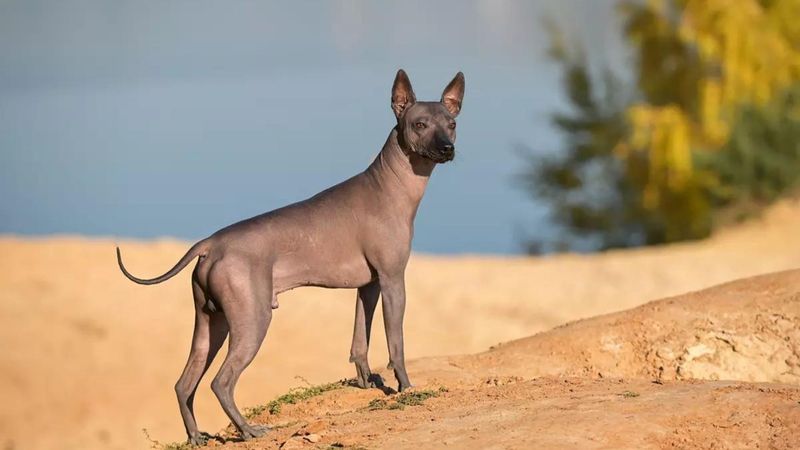
Surprisingly hairless for mountain living, these ancient dogs played vital roles in Incan villages. Warm bodies served as natural heat therapy, soothing aching joints after long days of terrace farming.
High-altitude settlements relied on them for carrying light goods between remote communities. Village healers valued their skin, believing it held special properties for treating respiratory ailments.
11. Tundra Trackers: Yakutian Laika
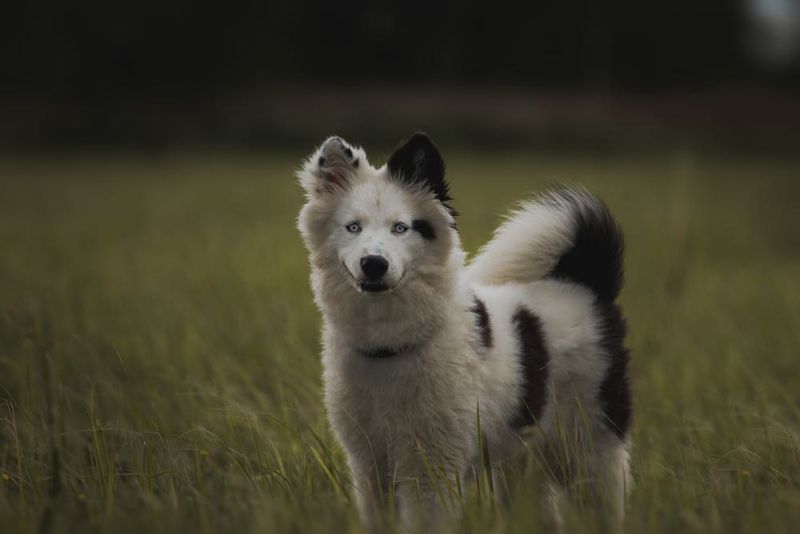
With frost-resistant paws and incredible scent memory, these Siberian specialists could track game across snow-covered landscapes where no footprints remained visible. Their unique vocalizations communicated different animal discoveries to hunters.
Remote Yakut villages survived brutal winters thanks to these dogs’ hunting prowess. Unlike other northern breeds focused solely on pulling, these versatile partners excelled at finding food hidden beneath snow and ice when village supplies ran dangerously low.
12. Marsh Navigators: Lagotto Romagnolo
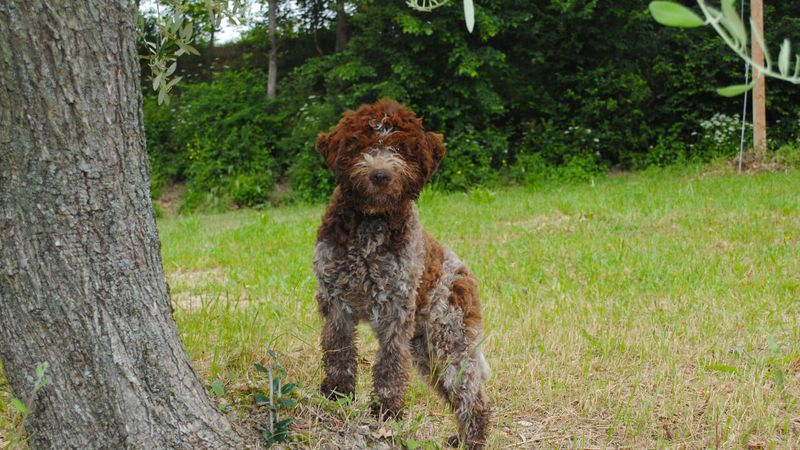
Before becoming truffle hunters, these curly-coated swimmers helped Italian villagers harvest water fowl from treacherous marshlands. Their waterproof coats and natural retrieving instincts made them perfect wetland partners.
Villages around Italy’s Po Delta depended on their incredible swimming endurance. Unlike retrievers bred for sportsmen, these practical dogs developed specialized skills for working alongside subsistence hunters who needed every bird they could catch to feed their families.
13. African Village Watchmen: Basenji
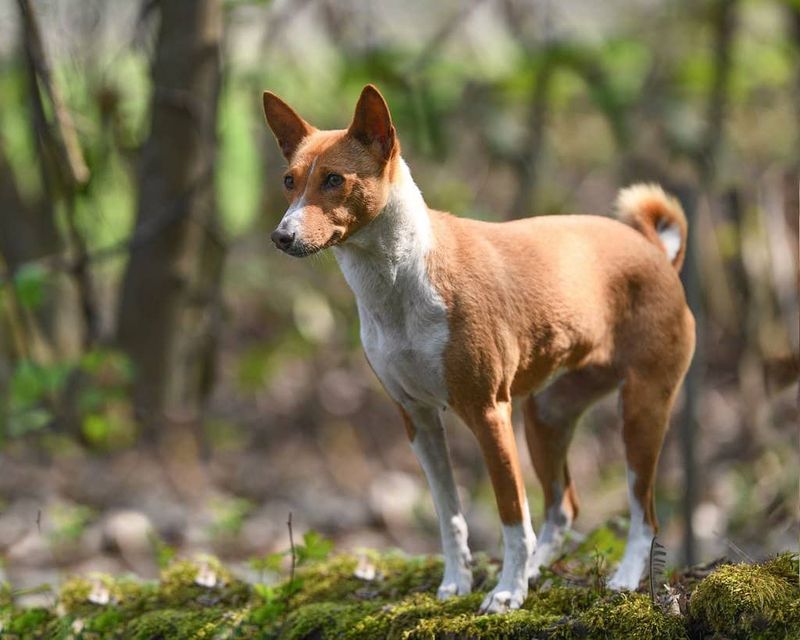
Silent hunters with wrinkled foreheads, these barkless dogs served as living alarm systems in Congo Basin villages. Their unique yodeling sound carried through dense jungle without alerting prey to human presence.
Isolated communities valued their remarkable cleanliness and low resource needs. Their small size allowed them to flush game from tight spaces where larger dogs couldn’t access.
14. Island Rat Catchers: New Guinea Singing Dog
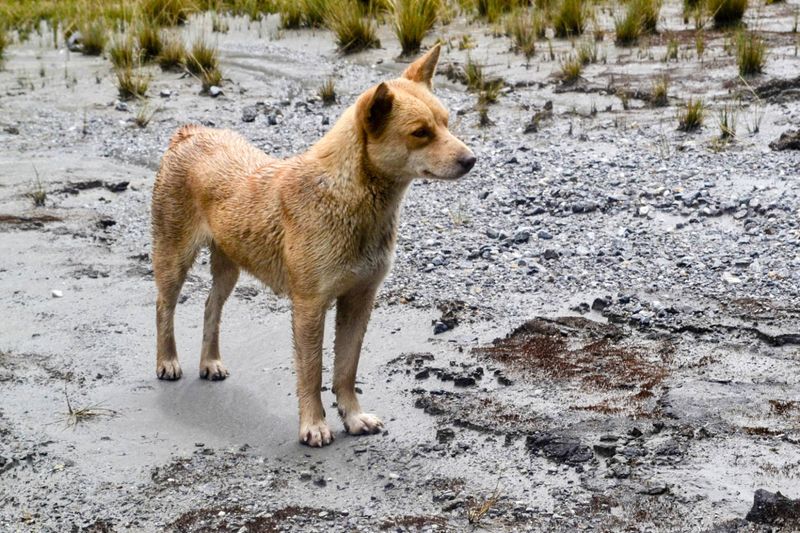
Nearly mythical with their haunting harmonic howls, these wild-domestic hybrids protected precious food stores in remote highland villages. Their unmatched agility on steep mountain slopes made them valuable hunting companions.
Papua New Guinea communities relied on their exceptional problem-solving abilities. Unlike fully domesticated dogs, they maintained enough wildness to hunt independently when food was scarce.
15. Caucasus Flock Defenders: Georgian Shepherd
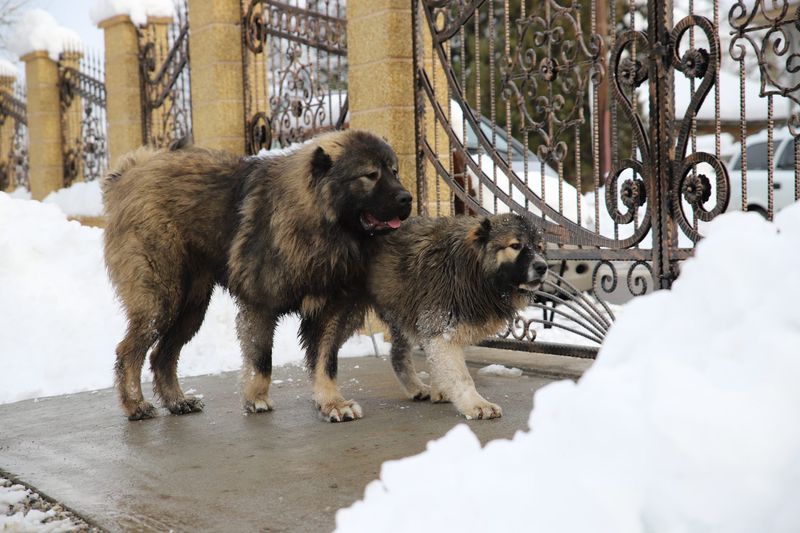
Resembling small bears with unmatched courage, these formidable guardians protected villages from bandits and predators alike. Massive bone structures allowed them to endure wolf pack attacks without faltering.
Mountain communities in Georgia trusted them with children’s safety, while their keen instincts distinguished real threats from harmless visitors.

